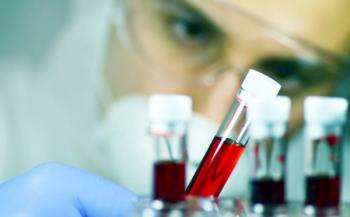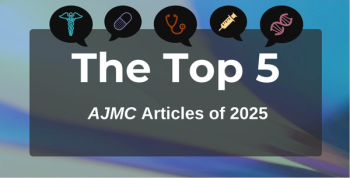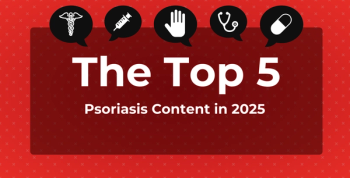
AP: For Each Drug Price Cut, There Were 96 Price Hikes This Year So Far
Over the first 7 months of 2018, there were 96 price hikes for every price cut, an Associated Press (AP) analysis reported, although there were fewer and smaller price hikes than in years past.
Over the first 7 months of 2018, there were 96 price hikes for every price cut, an Associated Press (AP) analysis reported, although there were fewer and smaller price hikes than in years past.
The
Last month, the Senate moved forward with a
However, there is no single price of a drug in the United States. For example, a drug’s wholesale acquisition cost, which is defined as the list price posted by manufacturers to customers, may not be the same as the average manufacturer price, which is defined as the average of prices that are actually paid by wholesalers and retailers who buy products from manufacturers directly.
Furthermore, the average sales price—which is the average amount of money realized by manufacturers after all rebates to pharmacy benefit managers, discounts, and price concessions have been made—may also represent a different sum. None of those measurements of drug price is likely to be the price paid by a typical patient whose out-of-pocket costs will vary by the type of insurance coverage they have. And of course, patients in high-deductible health plans, or who are uninsured, may have to pay the entire amount or even go without medicine. Last week, the latest Kaiser Family Foundation health tracking poll found that
President Trump made reducing drug prices a key promise during his election campaign, repeatedly accusing drugmakers of “getting away with murder.” At the end of May, he promised that drug companies would be announcing “massive” voluntary drug price cuts within 2 weeks.
But HHS Secretary Alex Azar said in a recent AP interview that it will be a while before drug prices fall, citing the complexity of the pharmaceutical market and its incentives for drugmakers to boost prices so they and pharmacy benefit managers make bigger profits.
Elsevier drug pricing expert Kay Morgan told the AP that the data indicate companies are being more cautious about price increases, but Trump’s criticisms are just 1 factor. She cited frequent media coverage, patients and their advocacy groups pressuring members of Congress to fight high drug prices, and Congress holding hearings on huge price increases.
“The rate of increases has slowed down, but prices haven’t decreased,” Stephen Schondelmeyer, PharmD, PhD, a University of Minnesota professor of pharmaceutical economics who runs its research program on drug prices and public policy, told the AP. He said such temporary pricing restraint occurs periodically around elections and other times when the issue is hot, but then companies go back to raising drug prices.
Edward Jones drug analyst Ashtyn Evans said that “companies are self-policing more.” She noted many firms are raising prices once a year, at about 10%, instead of issuing 2 or 3 smaller hikes each year.
Among the AP’s findings:
- There were fewer price increases this year from January through July than in comparable prior-year periods, but companies still hiked prices far more often than they cut them. This year through the end of July, there were 4412 brand-name drug price increases and 46 price cuts, a ratio of 96 to 1.
- In June and July, right after Trump’s price cut prediction, there were 395 price increases and 24 decreases. The 2 dozen cuts were up from the 15 decreases in those same 2 months last year, but increases still outpaced decreases by a ratio of 16.5 to 1.
- The median price increase was 5.2% in June and July of 2018, down from 8% in that period in 2017.
- The median price cut this June and July was 11%, much smaller than in comparable periods in prior years.
Newsletter
Stay ahead of policy, cost, and value—subscribe to AJMC for expert insights at the intersection of clinical care and health economics.








































